50+ Sample Indemnification Agreements
-
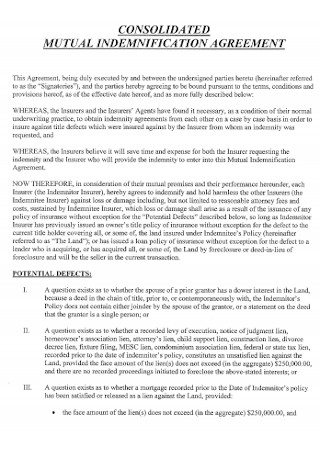
Mutual Indemnification Agreement
download now -
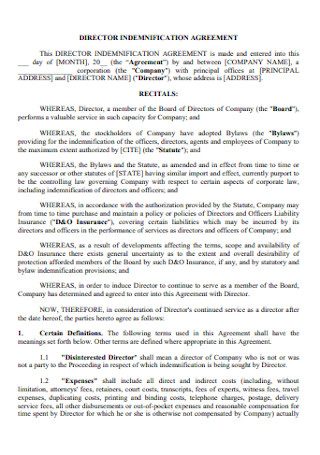
Director Indemnification Agreement
download now -
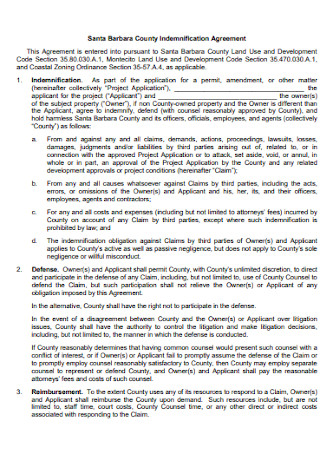
County Indemnification Agreement
download now -
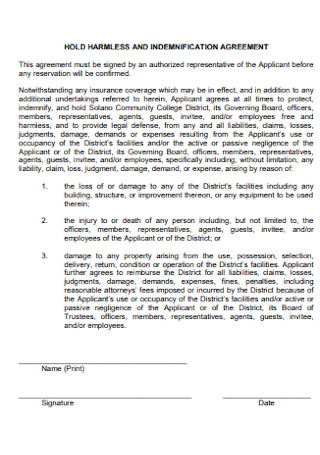
Hold Harmless Indemnification Agreement
download now -
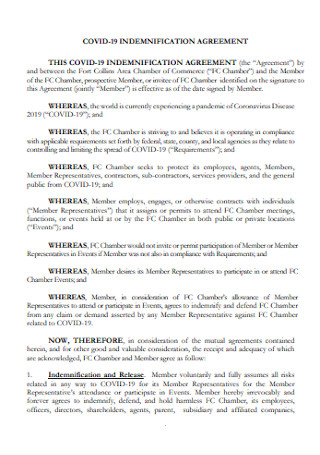
Covid 19 Indemnification Agreement
download now -
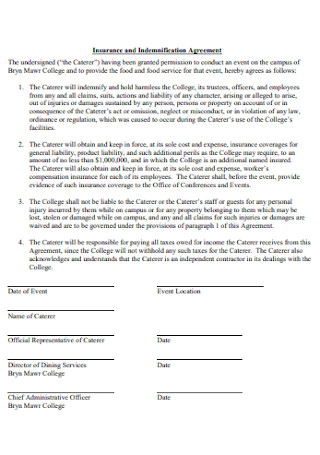
Insurance and Indemnification Agreement
download now -
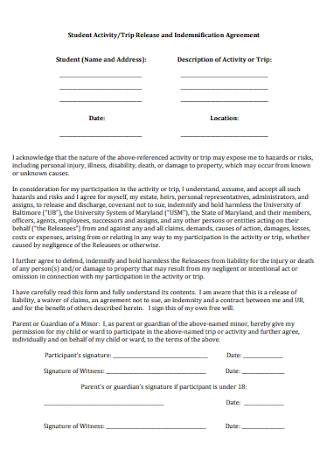
Trip Release and Indemnification Agreement
download now -
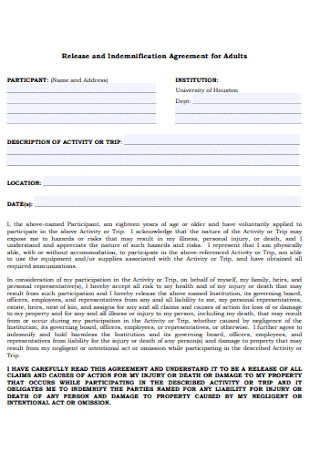
Indemnification Agreement for Adults
download now -
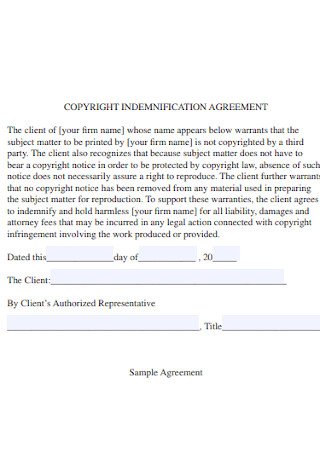
Copyright Indemnification Agreement
download now -
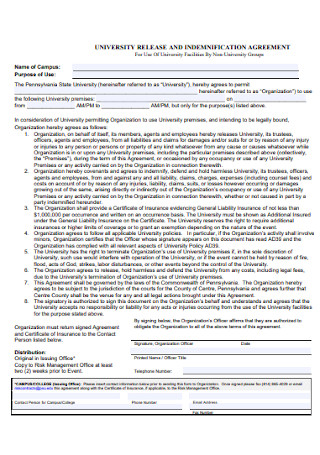
University Release and Indemnification Agreement
download now -
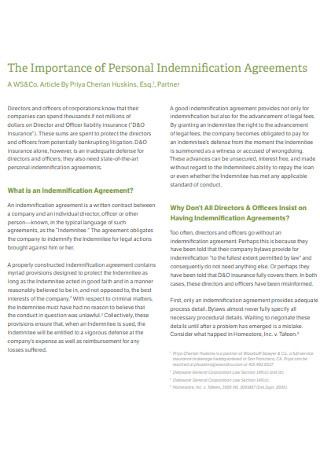
Personal Indemnification Agreements
download now -
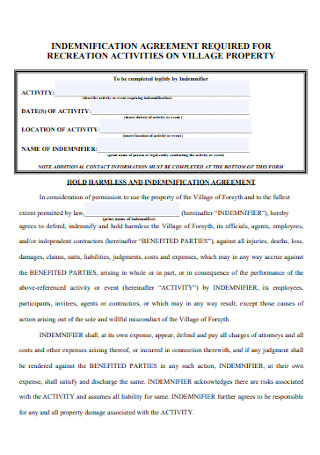
Indemnification Agreement for Village Property
download now -
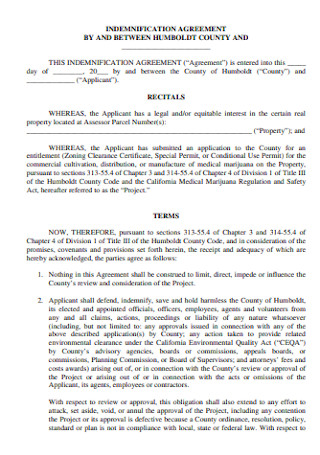
Indemnification Agreement Format
download now -
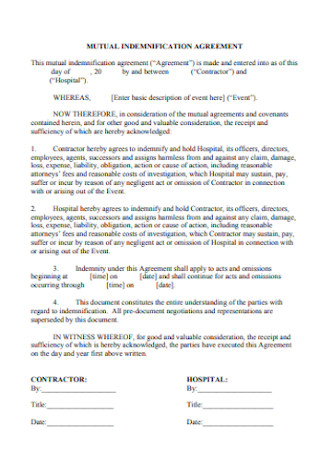
Sample Indemnification Agreement
download now -
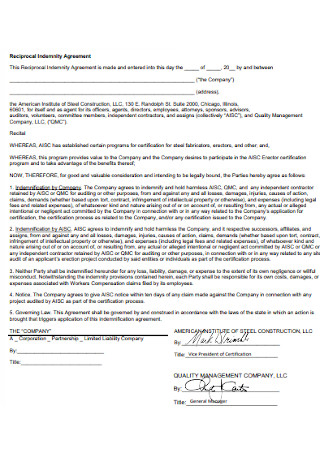
Reciprocal Indemnity Agreement
download now -
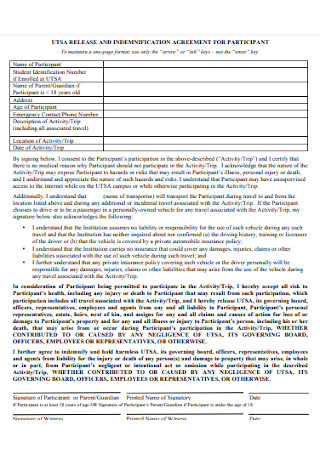
Indemnification Agreement for Participant
download now -
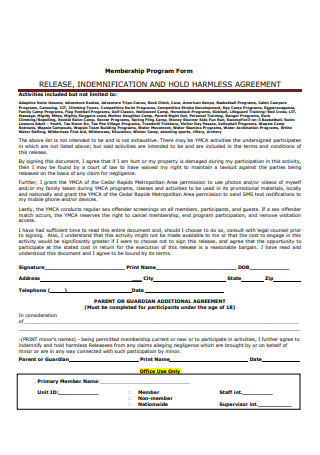
Indemnification and Hold Harmless Agreement
download now -
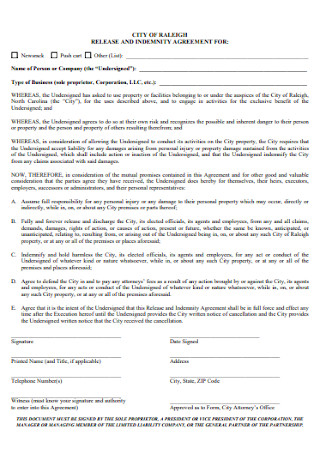
City Indemnification Agreement
download now -
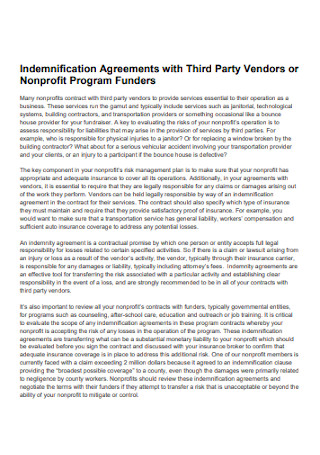
Indemnification Agreements with Third Party Vendors
download now -
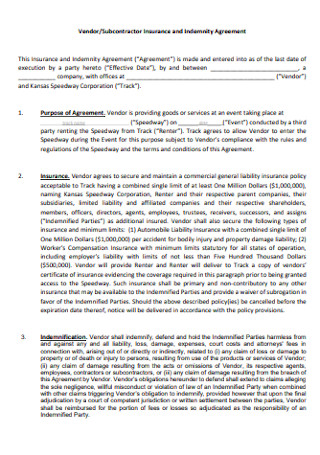
Subcontractor Insurance and Indemnity Agreement
download now -
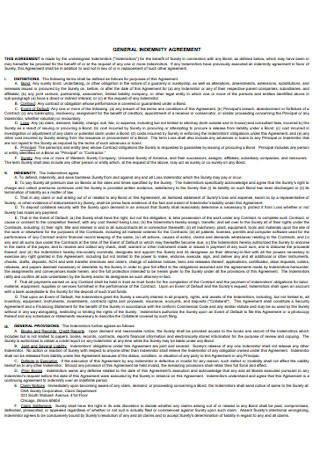
General Indemnification Agreement
download now -
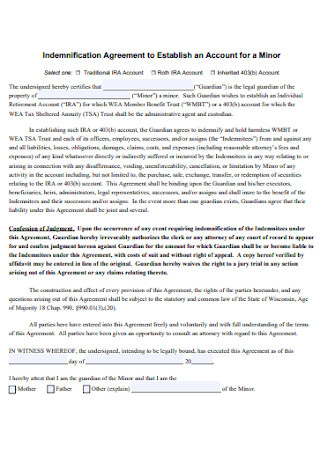
Indemnification Agreement for Minor Account
download now -
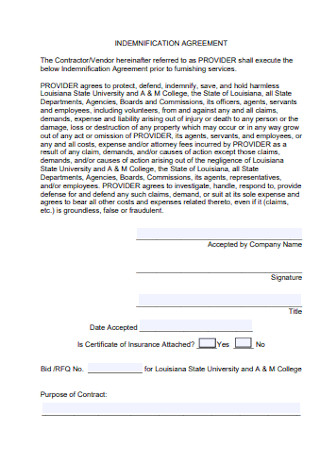
Simple Indemnification Agreement
download now -
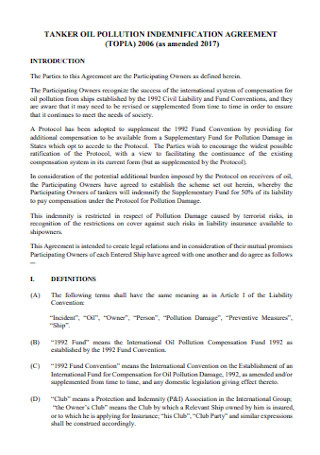
Oil Pollution Indemnification Agreement
download now -
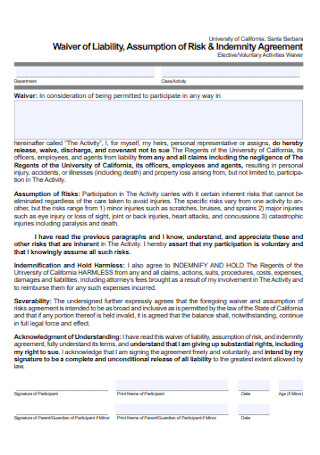
Assumption of Risk and Indemnity Agreement
download now -
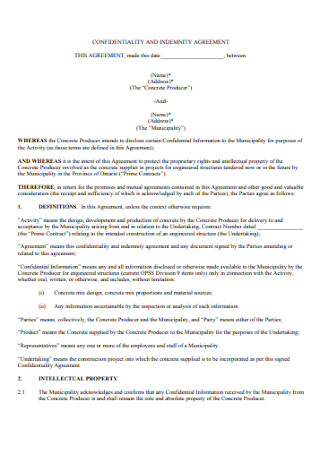
Confidentiality Indemnification Agreement
download now -
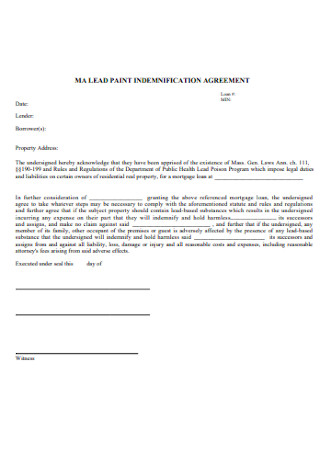
Lead Paint Indemnification Agreement
download now -
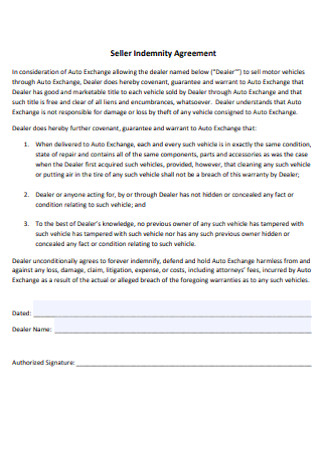
Seller Indemnity Agreement
download now -
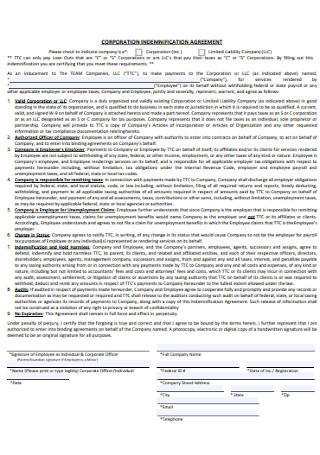
Corporation Indemnification Agreement
download now -
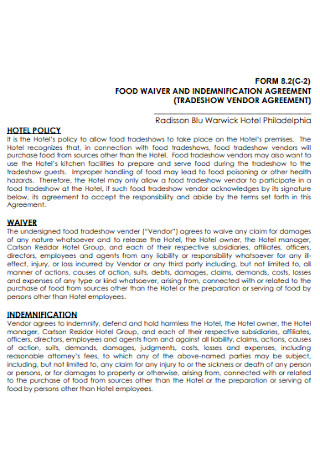
Food Waiver and Indemnification Agreement
download now -
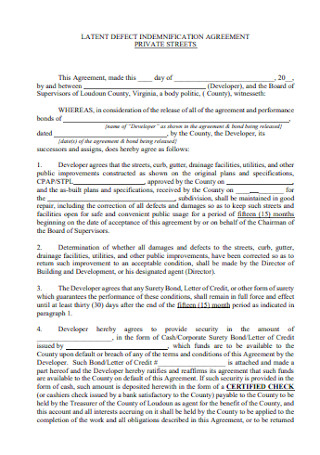
Latent Defect Indemnification Agreement
download now -
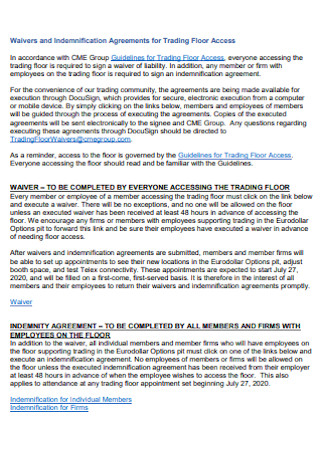
Indemnification Agreements for Trading Floor Access
download now -
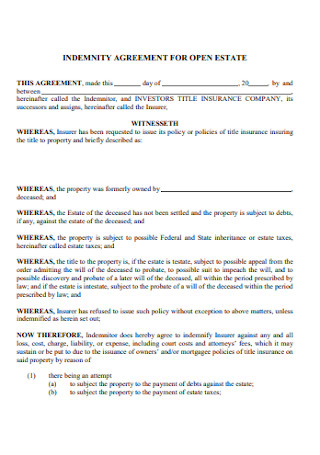
Indemnification Agreement for Open Estate
download now -
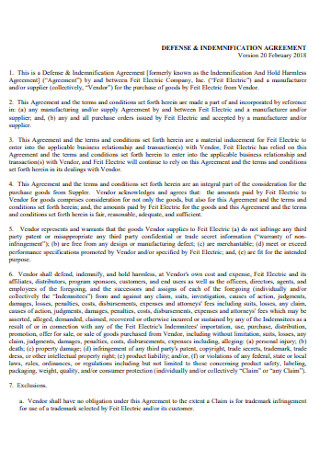
Defense and Indemnification Agreement
download now -
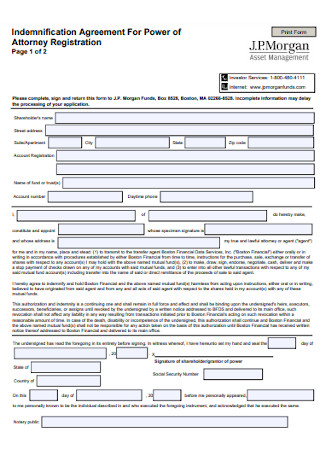
Indemnification Agreement For Power of Attorney
download now -
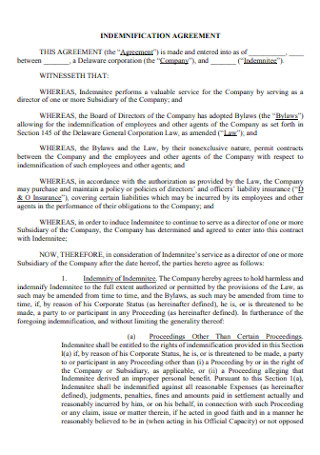
Standard Indemnification Agreement
download now -
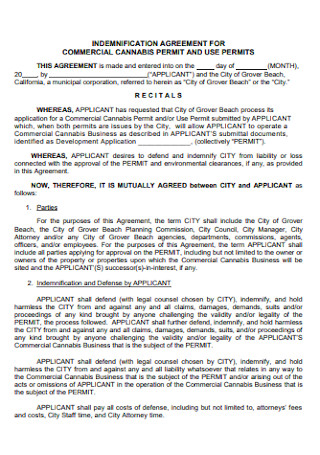
Indemnification Agreement for Commercial
download now -
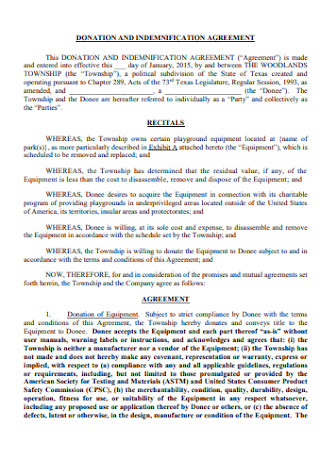
Donation and Indemnification Agreement
download now -
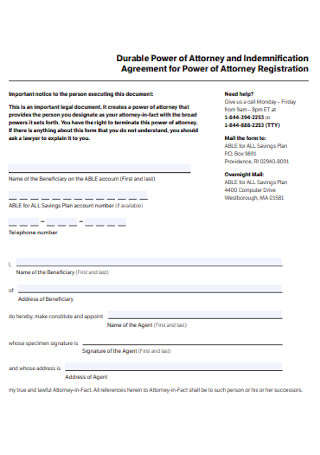
Power of Attorney and Indemnification Agreement
download now -
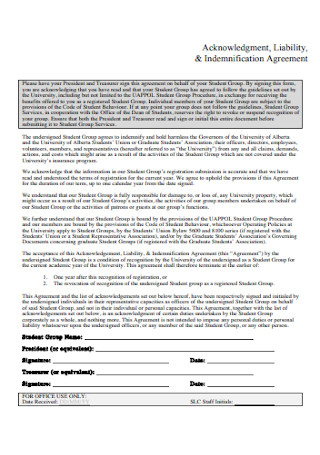
Liability Indemnification Agreement
download now -
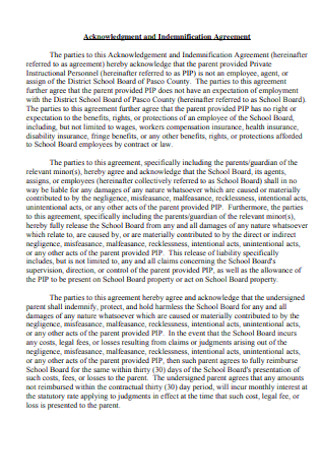
Acknowledgment and Indemnification Agreement
download now -
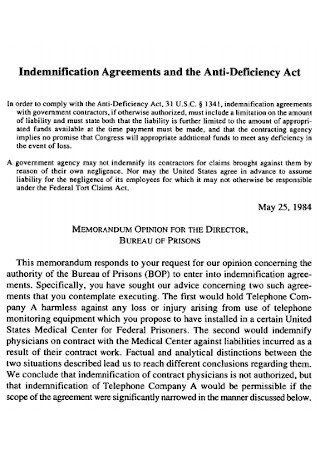
Indemnification Agreements and the Anti-Deficiency
download now -
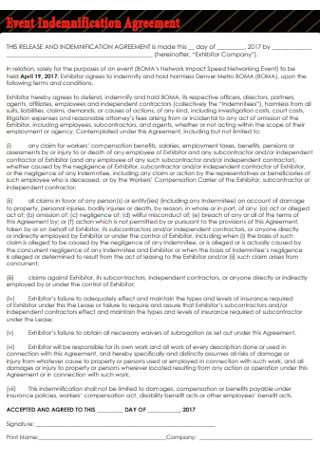
Event Indemnification Agreement
download now -
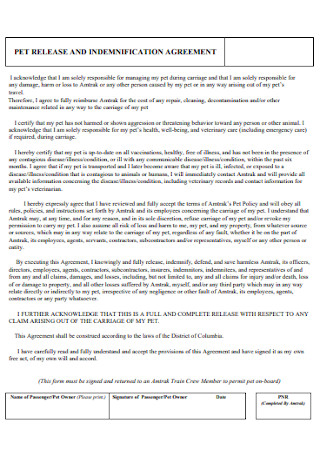
Pet Release Indemnification Agreement
download now -
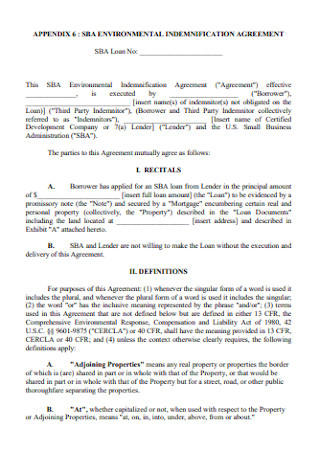
Environmental Indemnification Agreement
download now -
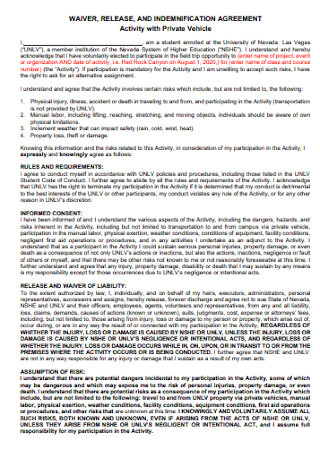
Indemnification Agreement with Private Vehicle
download now -
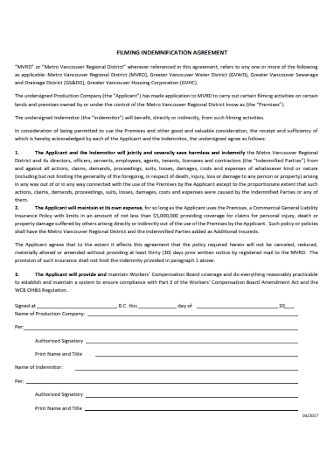
Filming Indemnification Agreement
download now -

Office Indemnification Agreement
download now -
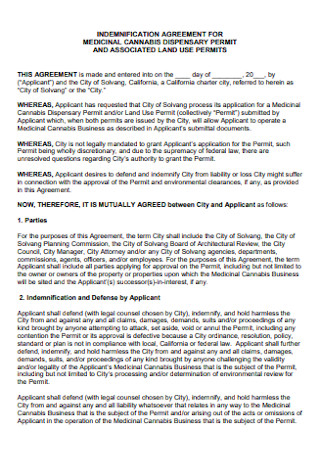
Indemnification Agreement for Medicinal
download now -
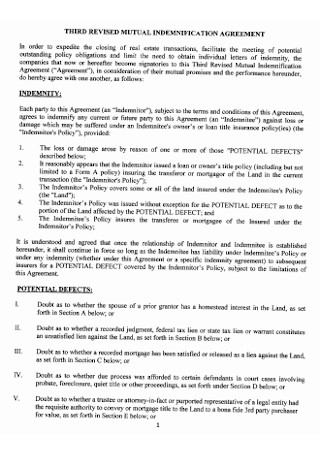
Third Revised Indemnification Agreement
download now
FREE Indemnification Agreement s to Download
50+ Sample Indemnification Agreements
Indemnification Agreements: What Are They?
The Basic Parts of an Indemnification Agreement
How to Create an Indemnification Agreement
FAQs
What is the difference between the indemnitee and the indemnifier?
What are other terms for indemnification agreements?
When was indemnification invented?
Indemnification Agreements: What Are They?
An indemnification agreement, aka hold harmless or indemnity agreement, refers to the official agreement between parties to settle the compensation for any risk, loss, or damage. The agreement may either make a party exempted from damage liability or prepare security or insurance in compensating damages. And indemnification is played out in many legal forms out there to prevent conflicts.
From 2009–2019, more than half of the warranty and indemnity insurance in the UK were caused mostly by tax breaches.
The Basic Parts of an Indemnification Agreement
You already know what indemnification means, but what exactly does this agreement consist of? Even though organizations and businesses create different content for an indemnification agreement, there are also common parts involved. And the basic parts of such agreements are the following:
How to Create an Indemnification Agreement
Protection and security go hand in hand with an indemnification agreement. But, of course, you have to make an excellent agreement to put the indemnification into effect. And you only need to follow these steps to craft the indemnification agreement thoroughly:
Step 1: Analyze and Review Your Business
First things first, how well do you know your business? You can’t just guess what possible damages, losses, or detrimental effects could happen in your organization. The key is to consider a business impact analysis and SWOT analysis. They would help you identify the possible harm attributed to your business, whether it is related to construction, service, employee agreement, or even personal purposes. For example, Statista confirmed that more than half of the warranty and indemnity insurance in the UK were mostly done by tax breaches. Hence, it is smart to compensate primarily for tax breaches there.
Step 2: Use a Sample Indemnification Agreement
Have you tried using the sample indemnification agreements above already? Take time to test them out until you can pick your most preferred template to work on. With the given templates, you are free to customize, download, and print your agreement anytime. Also, the samples made promise professional standards just in case you need a guide on what an acceptable agreement looks like.
Step 3: Insert the Important Elements
You already know the parts of an indemnification agreement. So be sure to add them one by one into your document. Down from the parties involved down to the signatures, ensure you write the correct information. Also, you can add more clauses and sections to be more specific. What matters most is your message is clear so it won’t be misconstrued.
Step 4: Work on the Finishing Details
Slowly finish your work by ensuring you have no mistakes with your words, you organized the details promptly, and that you finalized the agreement’s format. More so, think about how and where to submit the agreement. Most importantly, don’t forget to inform the parties involved ahead about the indemnification so they would actually agree to the conditions. Or perhaps, they want certain changes before they actually sign the form.
FAQs
What is the difference between the indemnitee and the indemnifier?
The indemnitee refers to anyone protected from liabilities. Meanwhile, the indemnifier would be the one promising to reimburse indemnitees for particular claims.
What are other terms for indemnification agreements?
Indemnification agreements may be referred to as indemnity agreements, hold harmless agreements, no-fault agreements, waiver of liability, or release of liability.
When was indemnification invented?
Indemnification is not entirely new because it has been practiced among individuals, companies, and government entities for years. A common account is tracked back in 1825 where Haiti paid France for the independence debt. That payment was meant to manage the losses which the owners of the French plantation suffered from as they lost the property and the slaves. Albeit it is an unfair type of indemnity, it is still a known history of how indemnification began.
Bear in mind that an indemnification agreement is not simply about being greedy by excusing yourself from liabilities and ensuring you are compensated for just about anything. Many factors are to be considered as well. Hence, take time to really analyze and review your statements and details. Otherwise, you could end up making unethical and unreasonable agreements. Thankfully, you can always base the sample indemnification agreements on the correct ways of making one. Download now!
